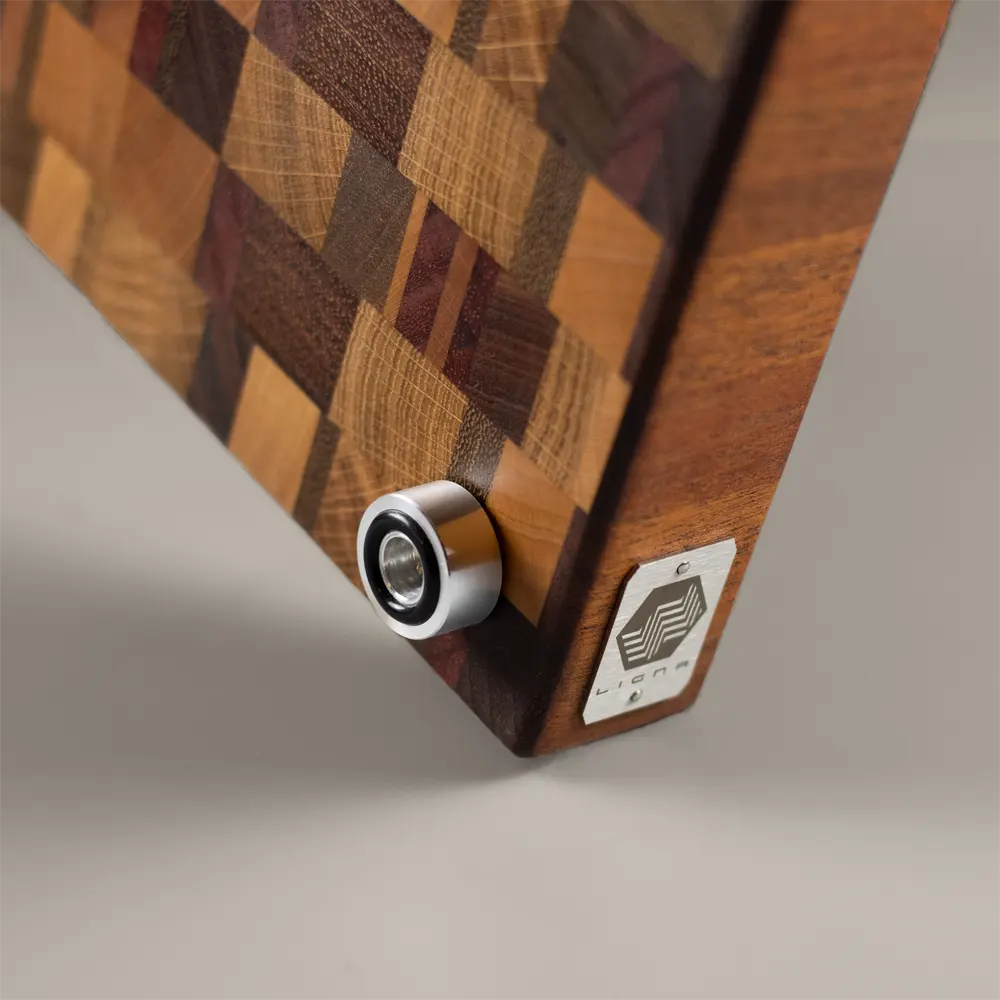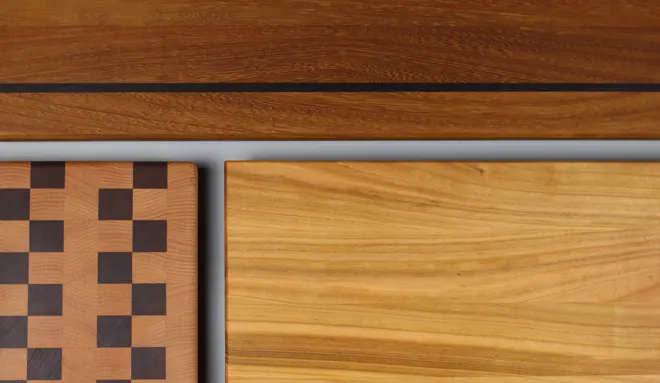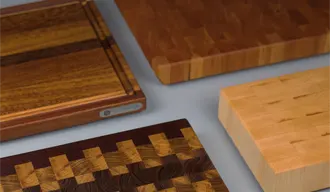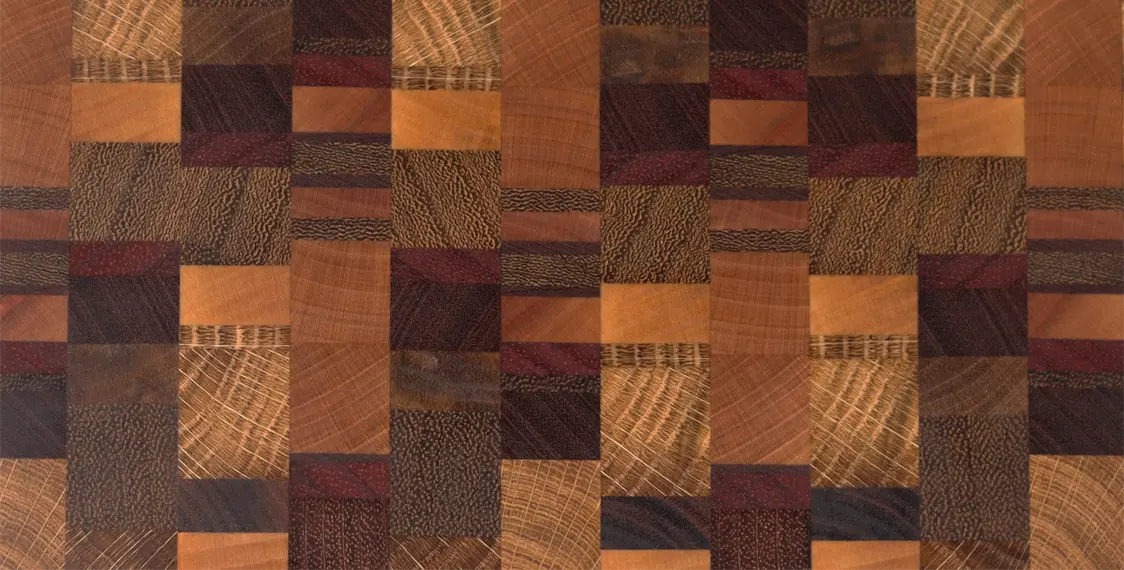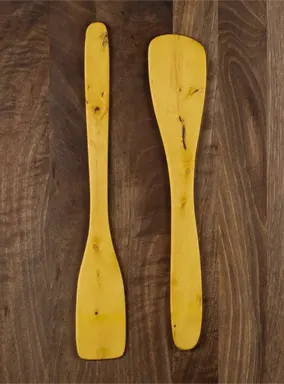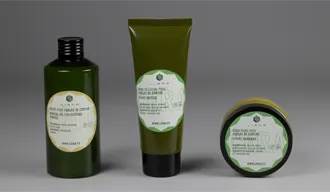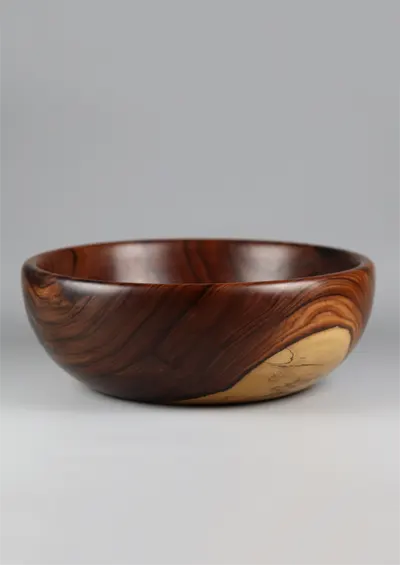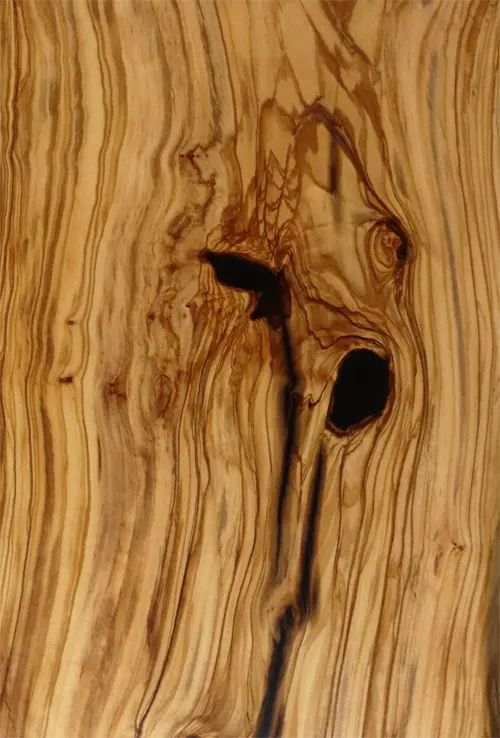Tu carrito está vacío.
FAQ: Frequently Asked Questions
We answer your doubts and questions
about cutting boards.
Are wooden cutting boards safe for health?
The vast majority of woods used in Ligna are antibacterial and suitable for food contact provided they are properly maintained.
In the hotel and catering industry, wooden cutting boards are not allowed mainly to avoid cross-contamination, but serving or presentation boards are permitted.
On this issue, the Danish Technological Institute has shown that bacteria are maintained and grow more on materials such as plastic or stainless steel than on woods such as oak or pine.
In the hotel and catering industry, wooden cutting boards are not allowed mainly to avoid cross-contamination, but serving or presentation boards are permitted.
On this issue, the Danish Technological Institute has shown that bacteria are maintained and grow more on materials such as plastic or stainless steel than on woods such as oak or pine.
Why are wooden kitchen boards delivered with legs by default?
The main function of the legs in wooden kitchen boards is to avoid direct contact with the countertop. With this, we ensure the correct ventilation of the back side of the board and avoid its overexposure to possible damp surfaces.
In the event that the board suffers any kind of movement, the legs are an essential resource to keep the board wedged and ensure its stability during use.
What type of cutting board is the best?
End grain cutting boards have the best qualities for cutting in the kitchen:
- High durability
- Dimensional stability
- Reduced wear
- Respects knife edges
- Eliminates the proliferation of bacteria and other microorganisms if the board is kept in good condition.
For more information consult our guide on types of cutting boards
Can I avoid marking my cutting board when cutting?
Cutting boards are functional objects, so it is impossible to 100% avoid the presence of knife marks over time. That said, this should be kept in mind when choosing a board:
Hardwood boards: Choosing hardwoods for your board (wenge, curupai, etc.), especially in grain boards, can reduce the appearance of marks, but the edge of your knives will be quickly damaged.
End grain boards: End grain boards reduce the number and depth of knife marks on the board. For this reason, they are the type of board of choice for the most assiduous cooks.
Hardwood boards: Choosing hardwoods for your board (wenge, curupai, etc.), especially in grain boards, can reduce the appearance of marks, but the edge of your knives will be quickly damaged.
End grain boards: End grain boards reduce the number and depth of knife marks on the board. For this reason, they are the type of board of choice for the most assiduous cooks.
Are the adhesives and finishes of the boards toxic?
No, unless otherwise stated (only on certain boards in the "single boards" category)
All materials used in the Ligna manufacturing process are suitable for food contact.
This includes adhesive (Titebond III), finish (mineral oil, beeswax and carnauba wax, hard wax oil), epoxy resin (Epoxy Food).
All materials used in the Ligna manufacturing process are suitable for food contact.
This includes adhesive (Titebond III), finish (mineral oil, beeswax and carnauba wax, hard wax oil), epoxy resin (Epoxy Food).
What is the difference between basic non-slip feet and premium feet?
Basic non-skid legs are made of non-skid rubber and only serve the function of keeping the board elevated from the countertop. Premium legs, on the other hand, are made of aluminum with a non-slip rubber base and give a more professional look to the cutting boards.

